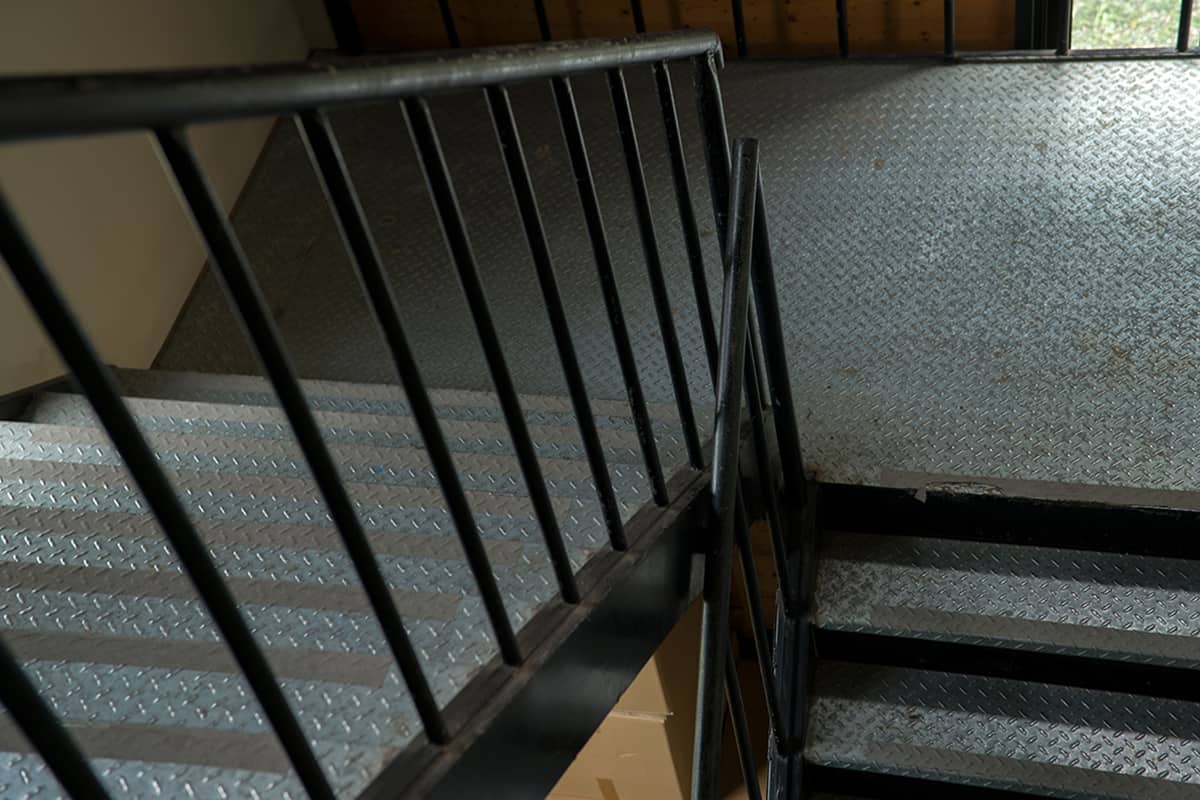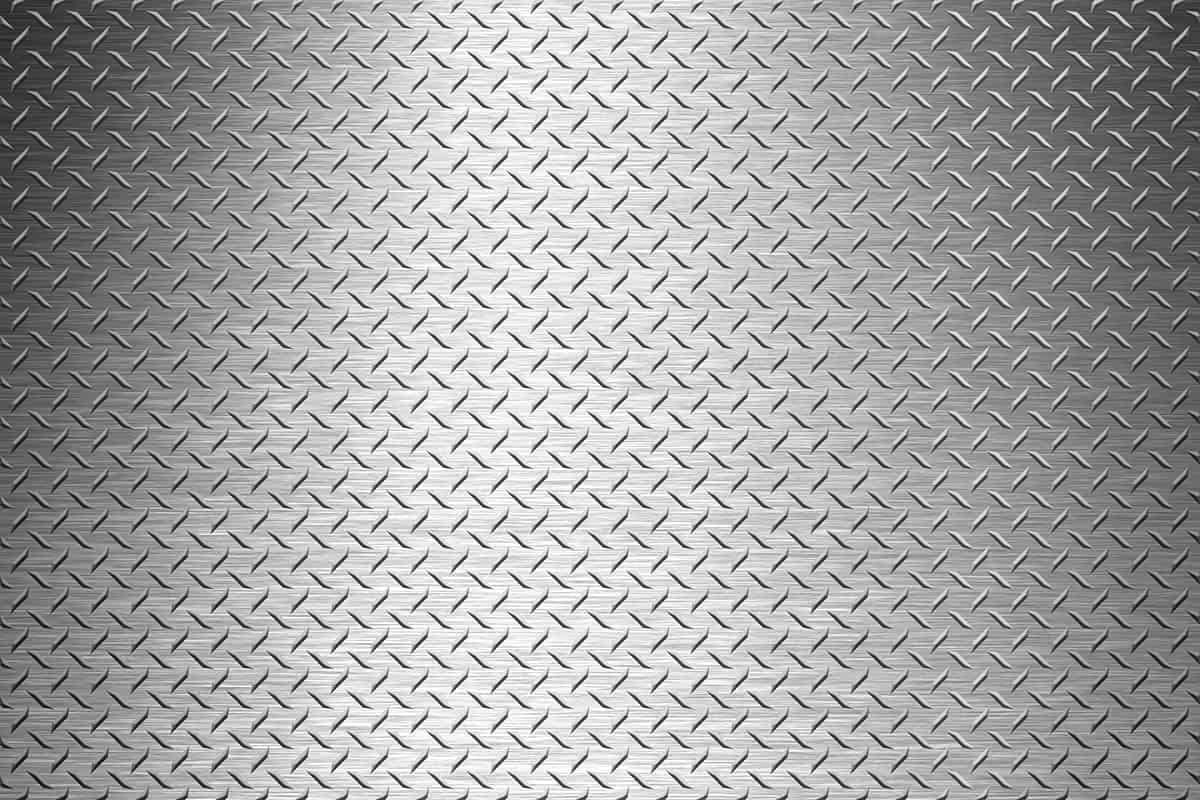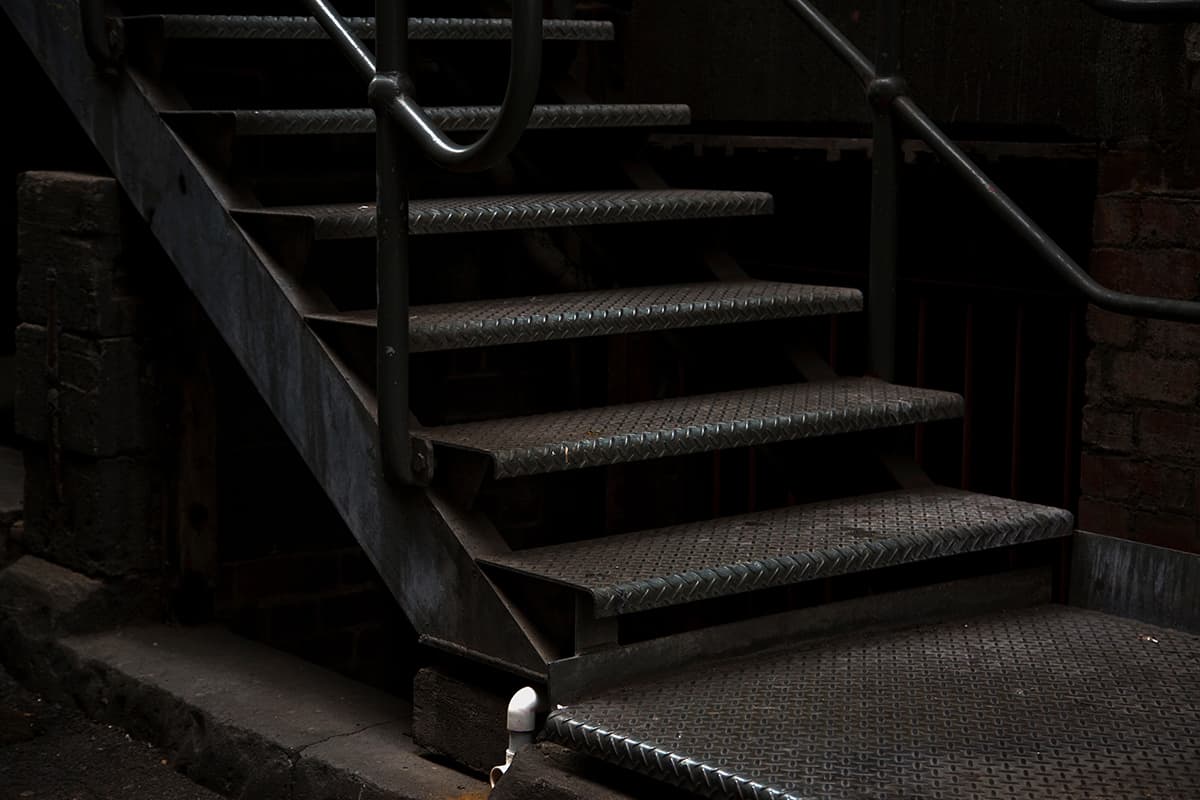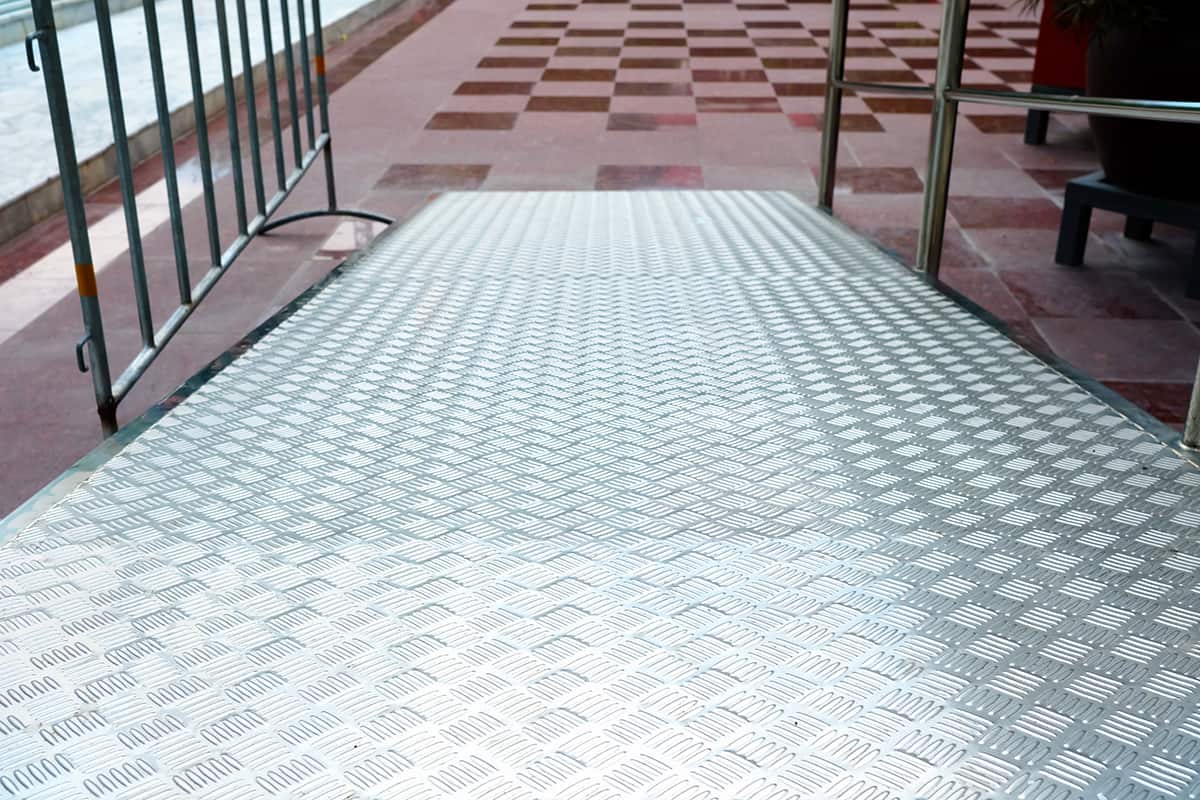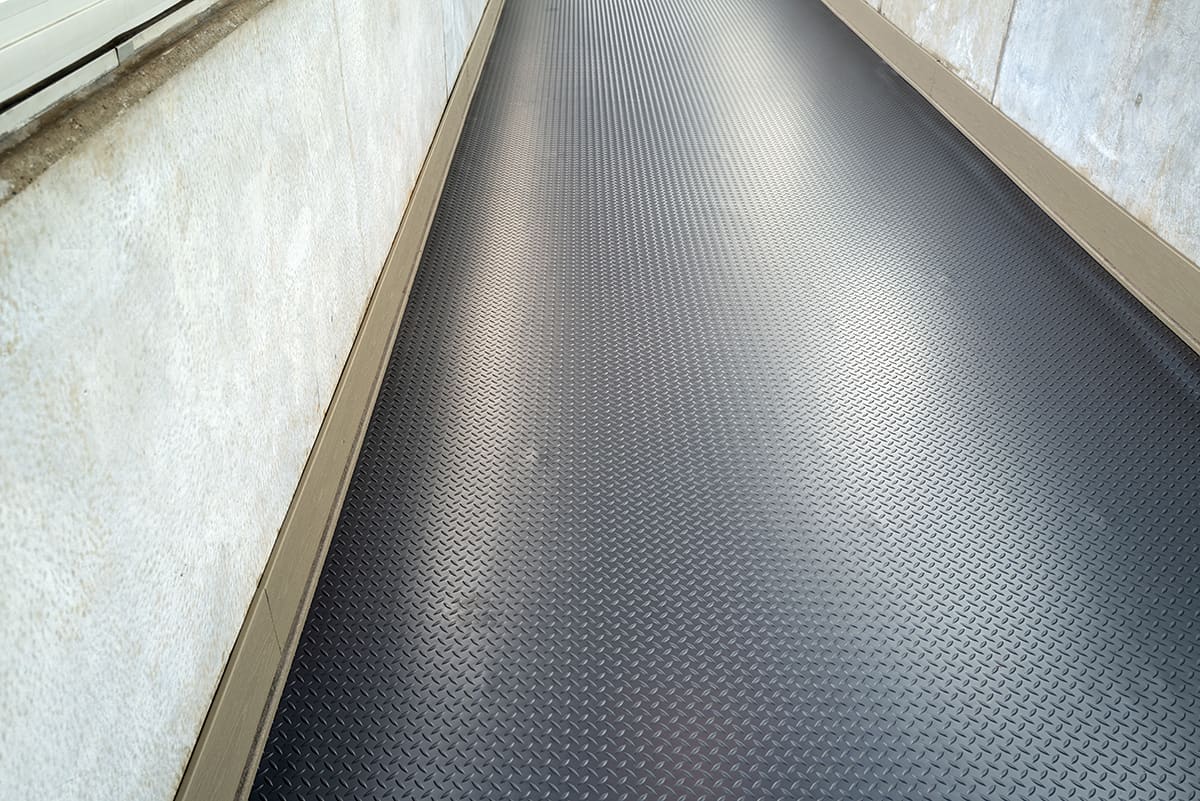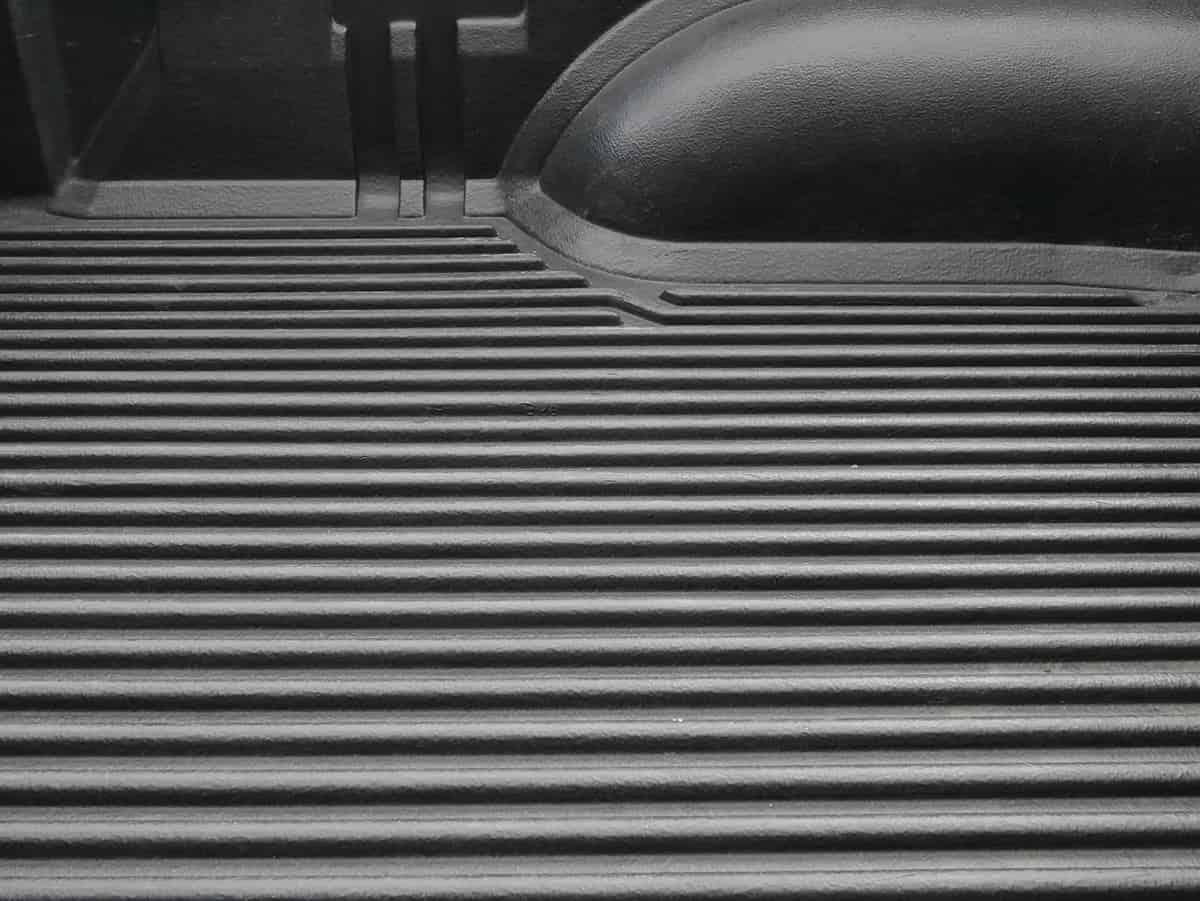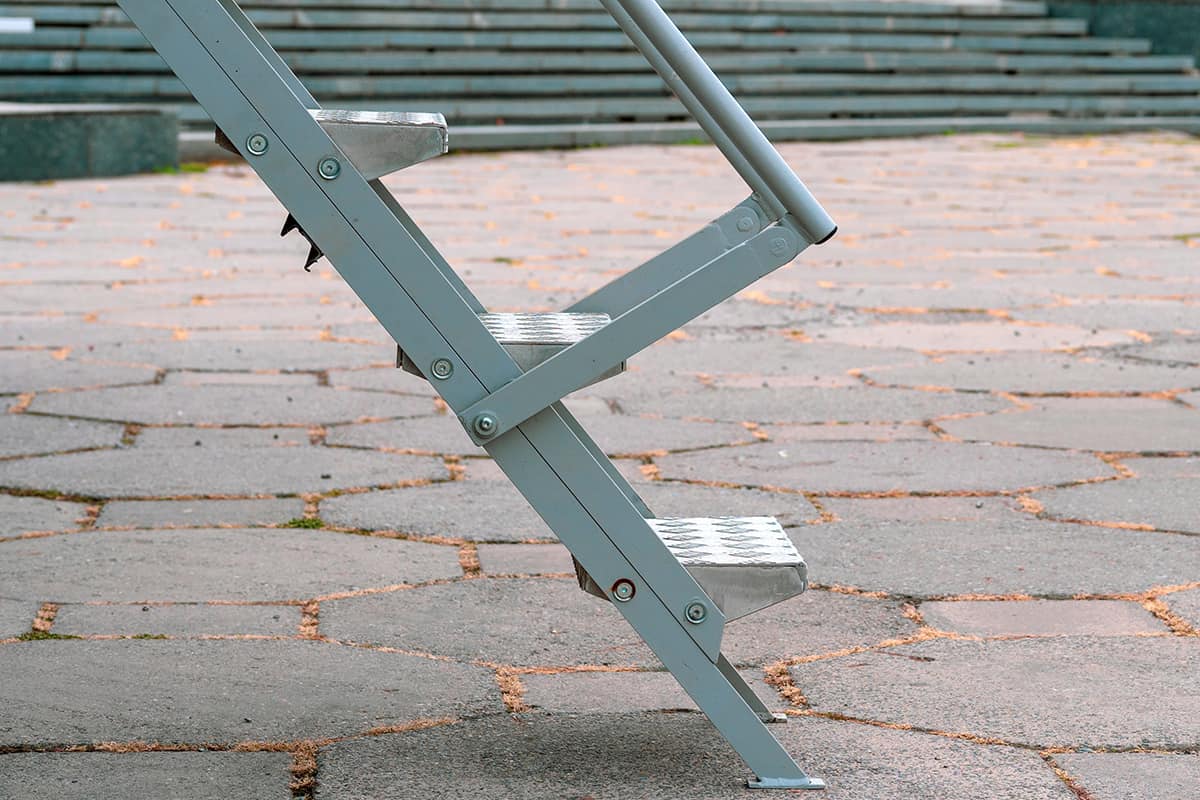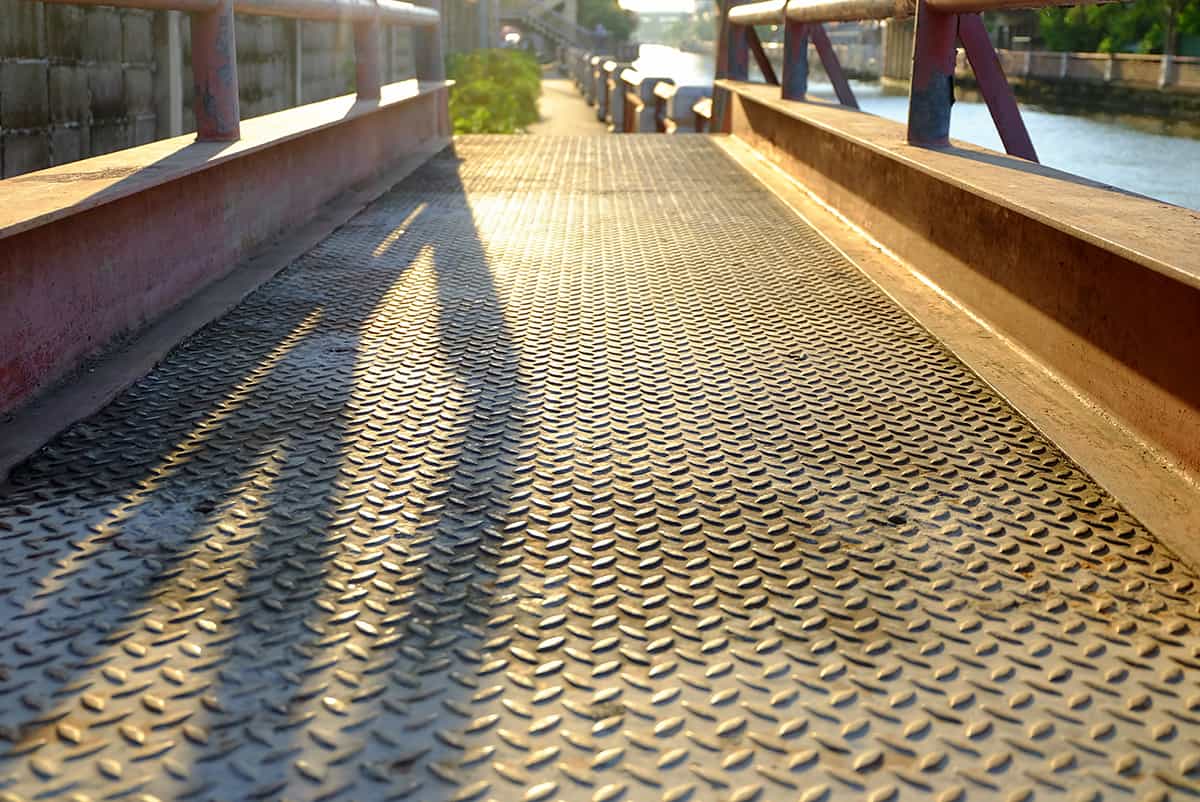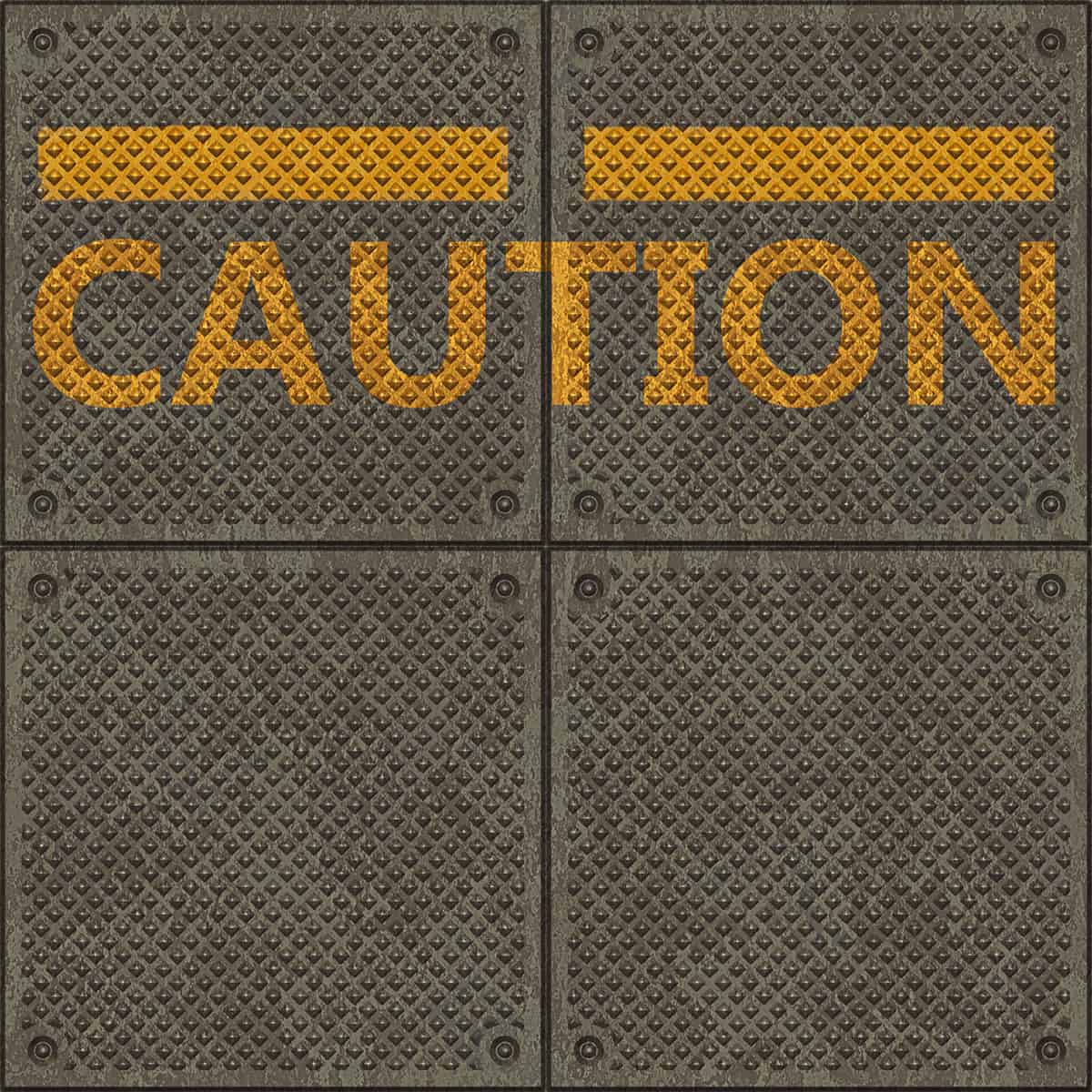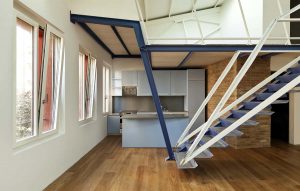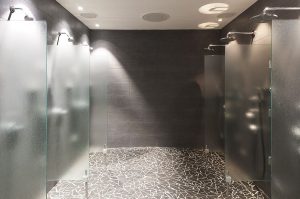When working on new projects, you might find yourself looking for materials that offer various qualities, such as slip-resistance, to use on flooring surfaces.
One popular flooring surface material is a diamond plate, which can be used in a variety of applications. Here we investigate the best uses for it, along with its pros and cons.
What is Diamond Plate?
Diamond plate is a type of sheet metal that has been embossed with regular rows of small lines which look similar to diamond shapes. The metal used will typically be aluminum, steel, or stainless steel, and it is used in a variety of applications for flooring where a hardwearing or anti-slip surface is required.
Diamond plate is also known as checker plate, which is another reference to the pattern of the metal, or it can also be known as tread plate since it is commonly used for stair treads.
Benefits of Diamond Plate
Anti-slip
The raised pattern on the surface of the diamond plate gives it anti-slip properties, which is useful for a variety of flooring applications. Some types of diamond plates can lose a little of their anti-slip properties when wet; however, others have a special coating that means they will continue to provide a good grip for shoes even in the rain.
Won’t warp
Diamond plate makes a good alternative surface to plywood and other types of wood for flooring that is going to be subject to moisture since diamond plate won’t warp and is impervious to damage caused by water. This means any surface where you choose diamond plate will remain flat and not lose its shape.
Impact-resistant
Diamond plate is strong and sturdy and will not bend under pressure or heavy impact. This makes it an excellent choice of material in industrial and commercial settings where it will be able to hold up well under heavy footfall or rough use.
Corrosion-resistant
Diamond plate is resistant to corrosion and rust, so it will look good and keep its integrity for many years, even when exposed to moist conditions. This makes diamond plate a good option for plenty of applications since it won’t need to be replaced often.
Low maintenance
Diamond plate is very low maintenance. Since it is waterproof, it can be hosed down to be kept clean or scrubbed with a sponge. It does not tend to attract dust, and its dark neutral color means that it won’t easily look dirty.
Good workability
Diamond plate is easy to work with; it can be easily machined and welded to be made to fit difficult or small spaces.
Inexpensive
Diamond plate is inexpensive compared with other surfaces which are commonly used as tread. This fact, added to the fact that diamond plate lasts a long time, makes it a great financial choice because it represents a low investment that will not need to be replaced frequently.
Drawbacks of Diamond Plate
Gets hot
One of the main drawbacks of diamond plate is that it can get very hot when exposed to direct sunlight, and this can make it a poor choice for certain applications, such as flooring in hot climates where people may be barefoot. One example of this is treads on stairs that lead up to a tall water slide or treads on footbridges at the beach.
Can lose anti-slip quality
Diamond plate does not wear down easily; however, over time, it can lose its anti-slip properties or have them diminish, so they are not as effective as they once were.
This can depend on the amount of use the diamond plate gets, but also on the quality of the diamond plate you buy. The higher quality diamond plate will be sealed with a coating that gives it superior anti-slip properties, which you can expect to last for the lifespan of the metal.
What is Diamond Plate Used For?
The diamond plate has many advantages, which make it well suited for use in a variety of applications. It is commonly used for:
Stair treads
Diamond plate is widely used as a flooring surface on stair treads due to the anti-slip properties it has and the fact that it is very hard-wearing and so represents a good long-term choice of covering on stairs that have high levels of foot traffic.
Common places where you will see stairs cases with diamond plate treads are train, subway, and bus stations, as well as the staircases used to enter or exit an aircraft at the airport. Staircases in schools, hospitals, and shopping malls may also have diamond plate stair treads.
In industrial settings like factories, stair treads made with diamond plate is very common since it is strong and robust, stand up well against wear and tear, and is relatively inexpensive, therefore providing a low-cost solution that won’t deteriorate under heavy use.
Ramps
Diamond plate is commonly applied as a surface to ramps since the sloping angle of ramps can make them tricky to walk on. The anti-slip properties of diamond plate gives users extra traction on a ramp, so they will be less likely to slip or stumble.
Diamond plate on ramps can also make wheelchairs safer to use since it will slow the wheels down as they grip to the surface. Ramps in a wide variety of areas will use diamond plate to improve their quality of safety and also give them a surface that will be long-lasting and resistant to wear.
Walkways
Walkways, such as those at transport stations, can feature floors that have been covered in diamond plate in order to reduce the risk of accidents such as falls and slips.
Outdoor walkways, especially, which can become slippery in the rain, benefit from a diamond plate surface which will enable people who are rushing to catch a train or tram to do so without sliding over.
Truck beds
Truck beds are traditionally made from plastic, but upgrading the truck bed to diamond plate has become very popular. Diamond plate is more resistant to wear and tear than plastic, and it is much easier to keep clean.
The fact that the diamond plate is also resistant to rust makes it very appealing as a surface for the truck bed which will last for a long time. The grip that is provided by the diamond plate also means that you’ll have better traction if you need to climb up into your truck bed, and any items you’re transporting around will be less likely to slide around in the back of your truck.
Ambulance interiors
The interior flooring of an ambulance will commonly be fitted with a diamond plate because it provides good traction with the soles of shoes for anyone using the back of the ambulance.
This is essential in an ambulance where people may be stood up in the back while the ambulance is driving, and also because people may need to move around the ambulance quickly without fear of slipping over.
The fact that the diamond plate is strong and durable will make the floor of the ambulance robust and resistant to wear and tear.
Firetruck footbed
The footbed on a firetruck is typically fitted with a diamond plate to give the surface anti-slip properties, allowing firefighters to climb into the truck at speed without losing grip.
Raft and boat floors
The floors of rafts and boats will typically be made from wood or diamond plate, and both of these materials offer advantages and disadvantages.
Diamond plate is less expensive than wood and is expected to stand up better against wear and tear, and it is also resistant to warping or water damage. However, the diamond plate does get very hot to the touch in sunlight, which can become an issue if you are using your boat in a hot climate.
Ladder treads
The treads on ladders are often fitted with a diamond plate to increase the traction you will get with the soles of your shoes when climbing the ladder.
Since ladders can be dangerous pieces of equipment to use, any additions that minimize the risks of accident and injury will be beneficial.
Bridges
Footbridges where pedestrians cross over are often fitted with diamond plate to reduce the risk of slips and falls. It will also mean the surface of the bridge will be resistant to wear and tear, even under heavy levels of foot traffic.
Loading docks
Loading docks are widely fitted with diamond plate because it is essential that these areas are anti-slip, strong and sturdy, easy to keep clean, and low maintenance.
This will make the loading docks safer for workers to use, allowing them to work more efficiently and effectively without risk of injury.
Industrial platforms
Platforms on industrial sites such as power plants, chemical plants, and water treatment plants are places where a diamond plate is widely used as a flooring surface to improve foot traction and minimize the risk of accidents and injuries.
Since the diamond plate is also resistant to corrosion and impacts, it makes this material a sensible choice for industrial workplaces.
